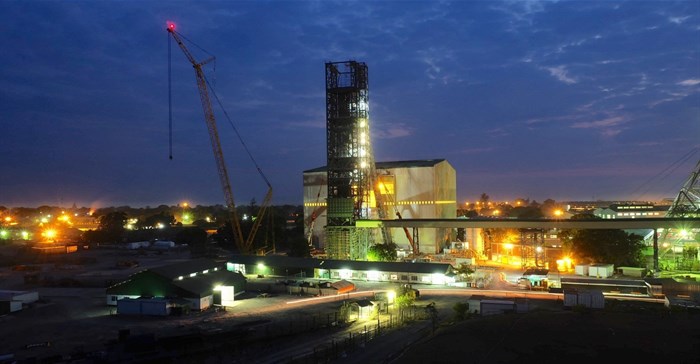Sibanye-Stillwater stock suffered a decline after reporting a 37% slump in first half profits, with the metals producer only making R7.8bn so far in 2023. CEO Neal Froneman is looking towards the future and announced that a Chinese partner would come on board for the company's continued bid for Mopani's Zambian copper mines.

Mopani's Mufulira copper mine employs 5,000 people directly. Source: Mopani Copper Mines
"We are bringing in a partner we've already identified and are working with, but we didn't want to complicate the transaction by having two buyers negotiate with the government," Froneman told Reuters, without naming the investor or detailing the terms of the possible investment.
The Chinese company has a presence in copper mining and would be joining Sibanye as an investment partner, Froneman said.
"We will bring in the partner as soon as we've been successful and concluded the negotiations," he added.
Froneman has been bullish on Mopani for over a year now and was open about the work that would still need to be done.
"We prefer working with partners and prefer earning-in so don't factor into your thinking a large capital outlay for Mopani," he said on a conference call.
Switzerland-based commodities group Glencore sold a 73% stake in Mopani to ZCCM in 2021 for $1.5bn in a deal funded by debt, but retained offtake rights of Mopani's copper production until the debt had been repaid in full.
Sibanye-Stillwater is competing with China's Zijin Mining Group in the bid.
Hulme Scholes 29 Aug 2023 The miner is looking to capitalise on the opportunity to acquire Mopani assets to serve the needs of the clean energy economy and its appetite for copper. In 2020, demand from renewables totalled 5.8Mt or 24% of total copper demand. The International Energy Agency (IEA) expects renewables demand to almost double by 2030, reaching 10.8Mt or 36% of total demand.
IEA forecasts predict a drastic increase in electric vehicle (EV) penetration ─ up to 145 million by 2030, 13 times the current fleet of EVs ─ which will also drive a surge in copper consumption. EVs use more than twice as much copper as cars with internal combustion engines, according to the Copper Alliance.
Froneman's positive outlook did little to soften the earnings disappointment, though. There are concerns about escalating costs in copper production. Copper mines are reaching their limits as the ore quality and reserves are decreasing. This means that the costs, emissions and waste of copper production are increasing.
Many of the mines are located in areas that have high risks of climate change and water scarcity, which could affect their operations and sustainability. Zambia is prone to drought and floods, which increases the investment risk.

























































